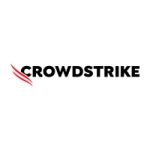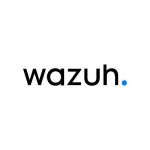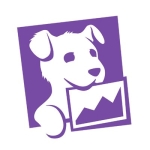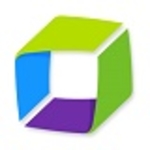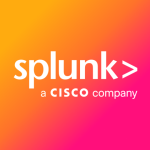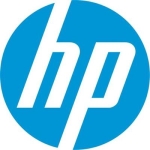The UBA component is something that is there. However, it's something that honestly hasn't been leveraged as much. It's probably not a UBA feature like the ones we’ve used in the past. In any case, the UBA feature is there. You can look at the users and look at any risky activity or use cases. I tend to look at it. However, it's not my main source in terms of leveraging it as a UBA.
I equate QRadar to a robust solution. You get all the live sources. If you have someone there fine-tuning the solution and creating rules for the team to ensure the fence is alert. It's a robust solution.
In the past, I've heard the term that it's like a Cadillac, a trusted Cadillac. It'll get you from point A to B. It does what integration is supposed to do.
It needs a little bit perhaps more fine-tuning on the SIM aspect of it. Out of the box, it's just not one of those things that I leverage as a single source of truth regarding the user behavior analytics aspect of it.
With QRadar, IBM has had ample time to innovate, make changes to the interface, and keep up with some of the competitors. Yet, IBM delays innovating QRadar, since, once people are tied into it, they stick to the SIM as that's what they're used to. Right now, you have many other players in the market, like Datadog, Sumo Logic, and Splunk. Splunk has a ton of connectors as well, which is making it more appealing for other people to look at other solutions, especially when they're trying to look at a cloud-native solution.
There should be more opportunity for community kind of distribution where, for example, if there was a zero-day threat targeting companies. I know that many other solutions now provide ease of use in terms of sharing rules and for identifying and tracking some of these zero-day vulnerabilities out there. Radar needs to do the same.
I’ve been using the solution for about four years or so.
The stability's great. The solution is robust. It's trusted. Depending on how you have it deployed if it's a standalone appliance or it's high availability paired so that you have redundancy, the solution is reliable.
Anywhere from 25 to 50 users are using it. The primary users are security operations. However, then you do have some folks on the infrastructure side that also leverage QRadar. It wasn't always the case. That said, once we provided access to the infrastructure team, they enjoy using QRadar for looking at logs, and troubleshooting. That would involve the networking team and the server team. They also leverage it as well.
Overall, the IBM team is responsive in regards to ticketing. Obviously, you have to create a ticket with IBM and they will get someone to get on a WebEx with you within a reasonable amount of time depending on the urgency.
They will help resolve issues and create cases. The support is there in terms of having any issues or QRadar is generating errors. Support will guide you and record the session and help remove any issues or obstacles that you have, so I definitely would rate them high on the support aspect of it.
I didn't set it up. Probably part of the engineering team set it up.
I do not know the exact cost. It's a bit tricky as some of it is tied into pre-contracts that we have. Some parts of the company do prepaid funds for certain solutions. It's different. It varies.
While I use QRadar, I'm in a managerial role, so I'm not living in it every single day as my team members are.
Every situation is different. I know a lot of organizations or a lot of C-suite executives all go to the same kind of conferences each year. Then they all come back singing the same song: "We all have to go to the Cloud."
I’d rate the solution six out of ten.





